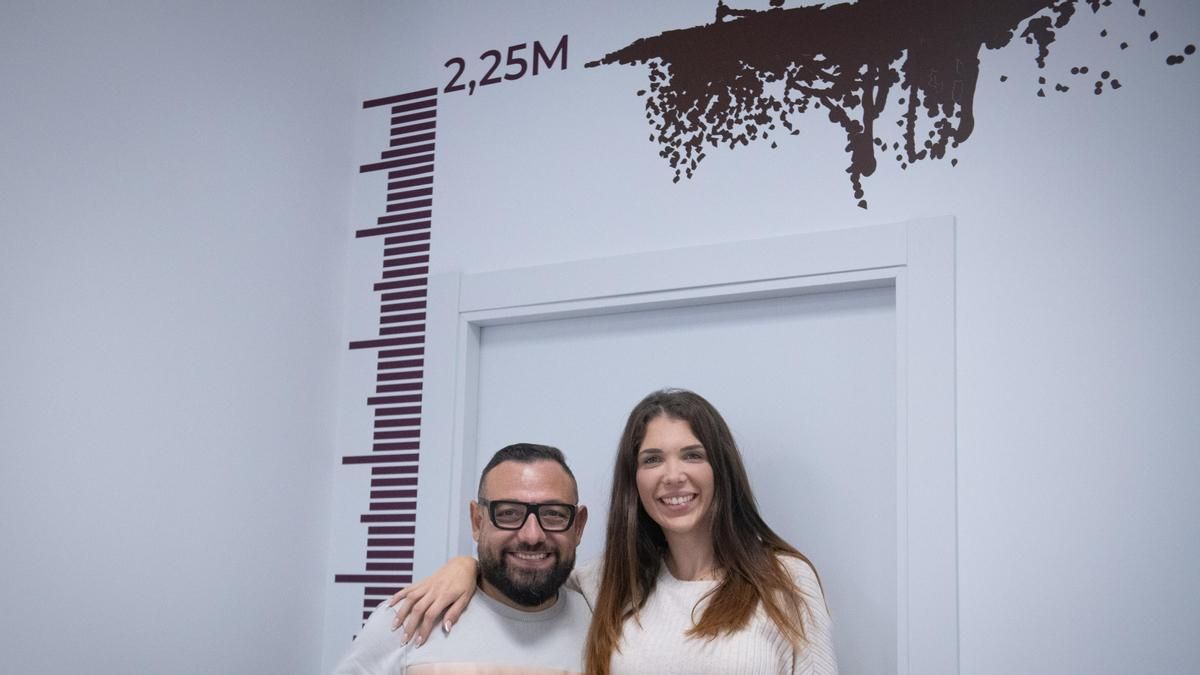The passage of the Dana that a year ago killed 229 people and devastated the province of Valencia left its mark on towns and cities. Also in the collective memory of an entire country. elDiario.es has returned to 'ground zero' 12 months later to see how the neighbors are getting ahead. A year later, ground zero is not just a physical place: it is a symbol of fragility, but also resistance.
The 29-O ravine opened a debate on urban planning, climate risk management and institutional response capacity, but it also forever stopped the daily lives of hundreds of thousands of people who are little by little trying to recover their routine.
One year after DANA, in images
Move the handle left and right to see the two images
Rafael Ramos, from Paiporta, was until a few weeks ago president of the Interampa parents' association: “For example, we have a school that has been put in barracks in the courtyard of another school and works and repairs continue in many centers with the students inside”
Vanesa, a journalist from À Punt, saw how the ravine took away the ground floor of her house in Picanya: “From the inside we have returned to normal life, but from the outside the recovery is very slow.”
Miguel and his niece Sandra run a real estate agency in Plaza de Fumeral, Catarroja. Mud filled the place to more than two meters high. During the renovation they asked that the mud be painted on the wall. A wave that suddenly broke the windows and pushed them into the premises, a mousetrap from which they managed to swim out with two clients, one of whom did not know how to swim “and we all almost drowned.”

Today his business is better than before the damage. “People are looking for whatever, high and low too, they don't care, because things are very difficult. We are renting 80 or 100 meter apartments in Catarroja for 1,100 euros.”
The name of the Bonaire shopping center, in Aldaia, resonated as one of the most tragic scenarios of the catastrophe after messages circulated on social networks that spoke, without evidence, of the existence of hundreds or thousands of deaths with the aim of generating fear and chaos. It was later proven to be a hoax. The actions of the security guards preventing people from going down the underground parking lot was key to avoiding dozens of deaths.
The ground zero of the flood was stranded for weeks and without vehicles: all of them turned into scrap metal, devastated by the water. There were a total of 137,600, according to data from the Department of Industry. It is the approximate number of cars counted in total in the city of Bilbao. A year later, there are still hundreds of vehicles to manage.